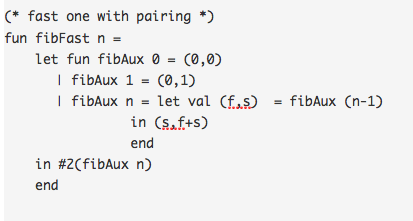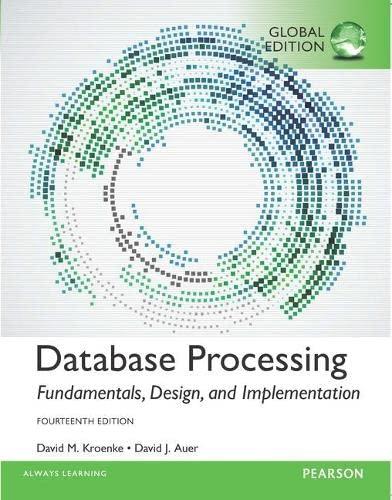Question
Help me understand this SML algorithm: The purpose of the algorithm is to calculate the n th fibonacci number in linear time. It uses standard
Help me understand this SML algorithm:
The purpose of the algorithm is to calculate the nth fibonacci number in linear time. It uses standard ML and its pairing construct. I understand fibAux is just a helper function to boil down the algorithm and extract the solution at the end but don't understand on a step by step basis how it works...like if n=5 how does that translate down the line to (f,s) input values and a (s,f+s) result. Just started learning the language today and need someone to explain in layman's terms how this works and why it's faster than the most basic form of the algorithm.

Step by Step Solution
There are 3 Steps involved in it
Step: 1

Get Instant Access to Expert-Tailored Solutions
See step-by-step solutions with expert insights and AI powered tools for academic success
Step: 2

Step: 3

Ace Your Homework with AI
Get the answers you need in no time with our AI-driven, step-by-step assistance
Get Started


